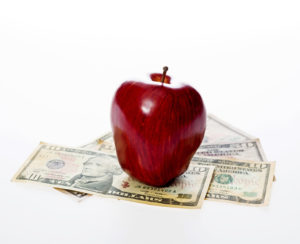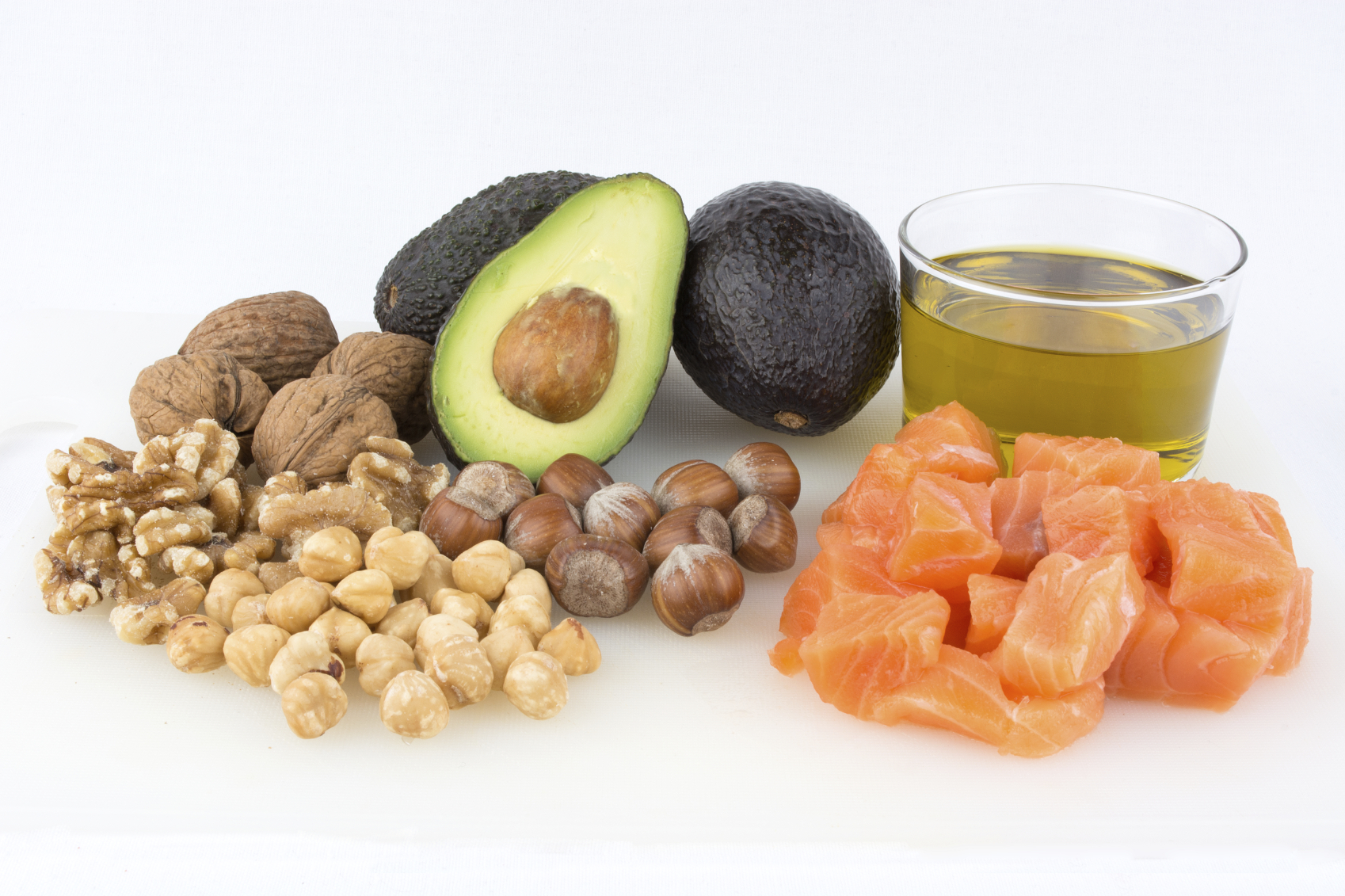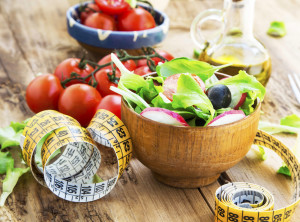Use of essential oils dates back to ancient India, Persia, and Egypt; however, the distillation process used today did not become common practice until the 11th century. Even so, it wasn’t until the 18th century that essential oils saw any commercial traction. This article will help you understand some basics about essential oils and how to use them.
What Are Essential Oils Made From?
Essential oils get their name as they are extracted from the essential part of the plant, be that the leaves, bark, resin, etc. Prior to the rise of modern medicine and pharmaceuticals, people sought to alleviate their illnesses with the healing properties of plants. Essential oils continue to be popular for their therapeutic and aromatic qualities as many individuals turn to more natural, homeopathic remedies for minor ailments.
As mentioned before, not all essential oils are derived from the same part of the plant. Some botanicals only contain medicinal properties in their leaves or budding flowers while others store their oils in their roots, bark, and so on. Below is a list of various oils and the part of the plant from which they are derived.
- Citrus rinds: Orange, lemon, lime, tangerine, bergamot, mandarin, grapefruit, etc.
- Flowers/Buds: Jasmine, rose, chamomile, clove, boronia, linden blossom, etc.
- Leaves: Cinnamon, bay, eucalyptus, tea tree, myrtle, lemon myrtle, violet, etc.
- Barks and woods: Cinnamon, cedarwood, cassia, sandalwood, rosewood, etc.
- Roots: Ginger, angelica, etc.
- Resins: Frankincense, benzoin, myrrh, etc.
- Seeds: Nutmeg, parsley, anise, cardamom, dill, cumin, fennel, coffee bean, etc.
However, individuals cannot simply munch on some flowers and expect results. It takes hundreds if not thousands of pounds of botanicals to produce the concentrated oils used today. By far the most popular method of extraction is steam distillation, with the exception being citrus. Citrus based oils are obtained through expression, which involves squeezing and pressing the botanicals’ peel.
Read more






 The term “game of inches” is often applied to football, but it is just as apt for a healthy diet. Small changes over time typically result in a healthier lifestyle than large, dramatic changes that only last until willpower expires. One of the ways to conquer inches in healthy eating is to make better choices in the fats we eat.
The term “game of inches” is often applied to football, but it is just as apt for a healthy diet. Small changes over time typically result in a healthier lifestyle than large, dramatic changes that only last until willpower expires. One of the ways to conquer inches in healthy eating is to make better choices in the fats we eat. 
